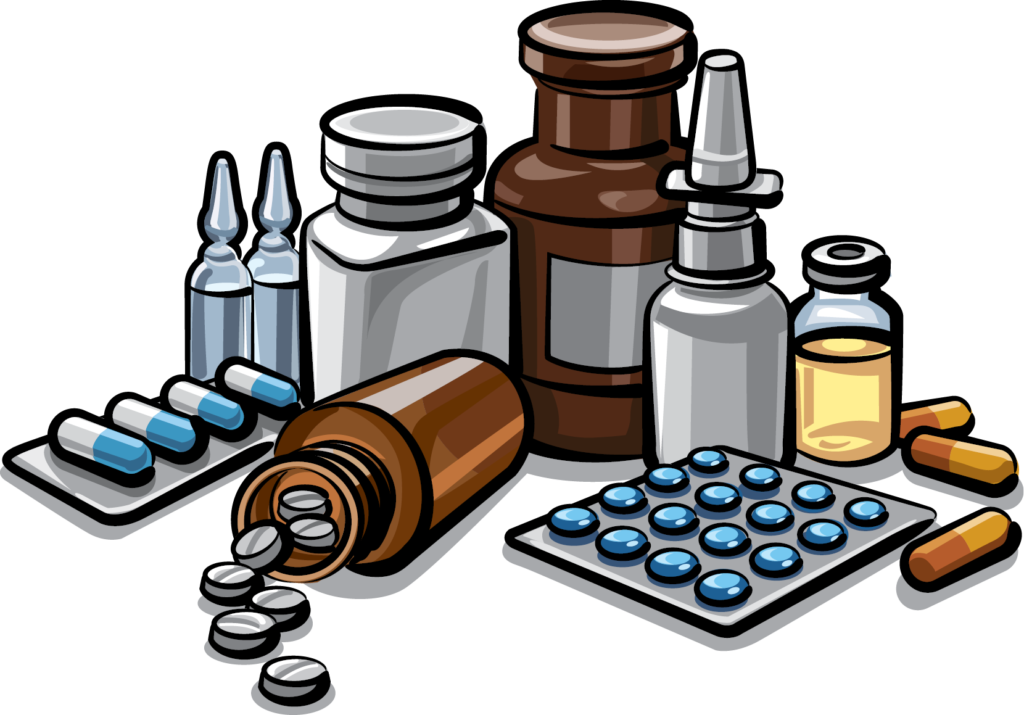Overview
For over a decade, oncologists and industry experts have been sounding the alarm on the skyrocketing costs of cancer drugs. Yet, instead of a course correction, prices have continued their relentless ascent. The question remains: will anything ever rein in these costs, or are we destined to see even more astronomical price tags in the years to come?

A Decade of Price Increases—With No End in Sight
In 2013, Dr. Leonard Saltz of Memorial Sloan Kettering warned that cancer drug prices were unsustainable and that a market correction was inevitable. Fast forward to today, and his prediction has not only failed to materialize but has been completely upended. The latest generation of cancer drugs—particularly immunotherapies—boast breakthrough results but at an eye-watering cost. A combination of two Bristol-Myers Squibb drugs for melanoma? Nearly $300,000 per patient. Merck’s Keytruda for certain cancers? A potential $1 million treatment.
These figures reveal an uncomfortable truth: the normal laws of supply and demand do not apply in oncology. Instead of competition driving prices down, new drugs enter the market at even higher costs, encouraging existing drug manufacturers to follow suit. Take Gleevec, a revolutionary leukemia drug. Its price has nearly quadrupled since its launch, not because of inflation or increased production costs, but because the pricing environment allows for it.
A Broken System or a Necessary Evil?
The current healthcare system perpetuates high drug prices through a complex web of regulations and industry incentives:
FDA and CMS Constraints: The Food and Drug Administration (FDA) does not consider cost when approving drugs, and Medicare is barred from negotiating prices, removing two major mechanisms that could exert downward pressure on pricing.
Rebate & Co-Pay Loopholes: Insurers negotiate rebates behind the scenes, but drugmakers offset these discounts by raising prices, ensuring their bottom line remains intact while patients foot an ever-growing bill.
Lack of True Price Transparency: With so many pricing layers—list price, negotiated discounts, patient assistance programs—it is nearly impossible to determine the true cost of these drugs.


Finding a New Prescription for Pricing Reform
The good news? There are emerging ideas to reform oncology drug pricing. One promising approach is to price drugs based on their effectiveness for different diseases. Instead of applying a single high price across multiple cancer types, insurers could pay different rates depending on the condition being treated. Express Scripts, one of the largest pharmacy benefits managers, has already started adopting this model.
More broadly, the industry must foster innovation in drug pricing, just as it does in drug development. High prices have undeniably fueled groundbreaking cancer research, but if unchecked, they could lead to price controls that disrupt the entire pharmaceutical sector.
The Billion-Dollar Question: Can We Fix This Before It’s Too Late?
Unless a sustainable pricing model is found, we may soon face a crisis where only the wealthiest can afford life-saving cancer treatments. Pharma, insurers, and regulators must collaborate on solutions—before governments step in with sweeping price controls that could stifle innovation altogether.
So, what’s the right balance? Should we accept sky-high prices as the cost of progress, or is there a better way to fund breakthrough treatments without bankrupting patients and the system?




